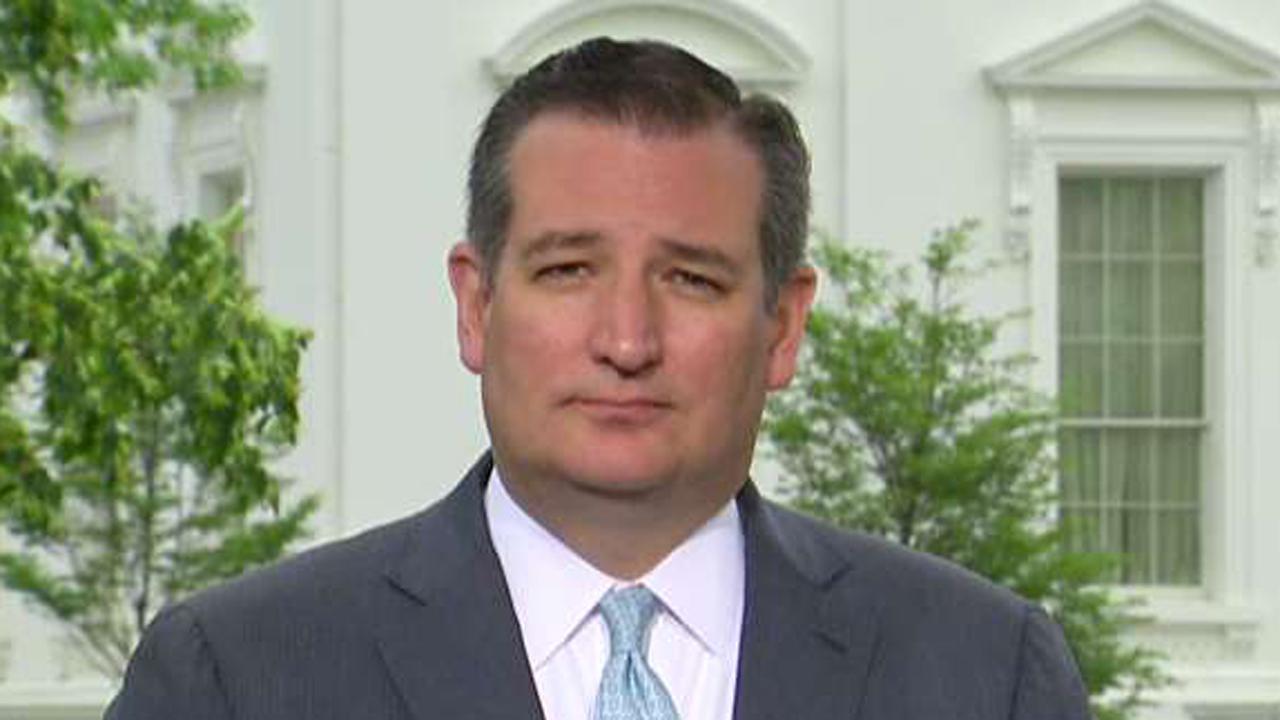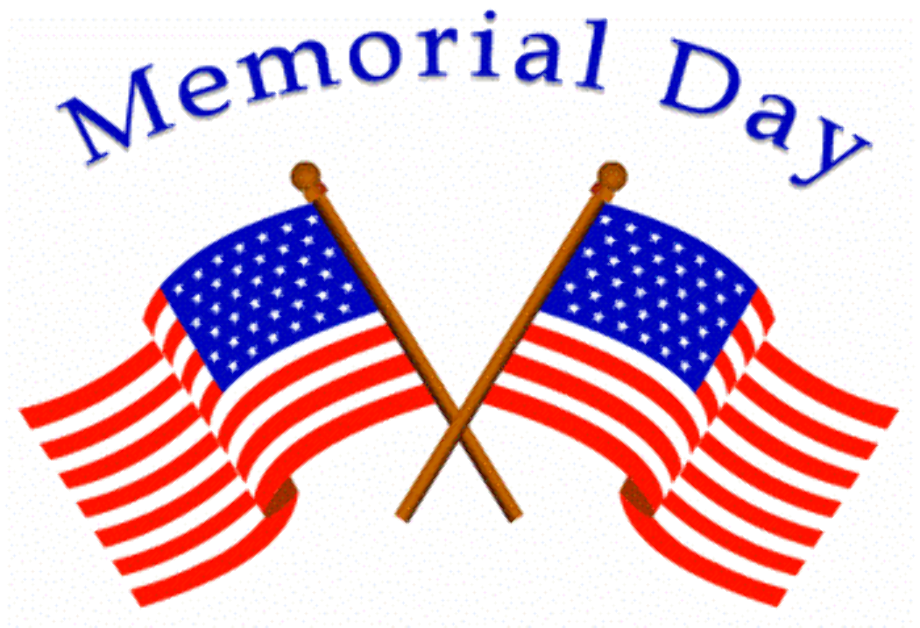Rio Tinto's Pilbara Project: A Response To Environmental Criticisms

Table of Contents
The Environmental Impact of Rio Tinto's Pilbara Operations
The scale of Rio Tinto's Pilbara operations inevitably leads to environmental impacts. Understanding these impacts and the company's response is crucial for assessing the project's overall sustainability.
Habitat Loss and Biodiversity
Mining activities inherently lead to habitat loss and fragmentation, impacting native flora and fauna in the Pilbara. The region boasts a unique biodiversity, including many endemic species adapted to the harsh conditions. The expansion of mining operations has resulted in the alteration or loss of habitat for numerous species.
- Affected Species and Habitats: Specific examples include the loss of habitat for threatened species of plants and animals found only in the Pilbara, impacting both their populations and the overall ecological balance.
- Biodiversity Offsetting and Rehabilitation Programs: Rio Tinto has implemented biodiversity offsetting programs to compensate for habitat loss. This includes:
- Habitat restoration: Recreating suitable habitats in areas adjacent to mining operations.
- Species relocation: Translocating threatened species to protected areas.
- Seed banking: Preserving genetic diversity by collecting and storing seeds of native plants.
- Ongoing Monitoring and Adaptive Management: Rio Tinto conducts ongoing biodiversity monitoring to assess the effectiveness of its programs and adapt strategies as needed.
Water Management in the Pilbara
Water scarcity is a significant challenge in the Pilbara's arid climate. Rio Tinto's operations require substantial water resources for various purposes, including dust suppression, processing, and worker needs. Efficient water management is therefore critical.
- Water Usage and Recycling Strategies: Rio Tinto employs a range of strategies to minimize its water footprint:
- Water recycling and reuse: Recycling water from various processes to reduce reliance on fresh water sources.
- Water-efficient technologies: Implementing technologies to optimize water use in mining processes.
- Rainwater harvesting: Collecting rainwater for non-potable uses.
- Innovative Water Technologies: The company invests in research and development of innovative water technologies to further improve water efficiency and reduce its reliance on precious groundwater resources. This includes exploring desalination and advanced water treatment options.
Greenhouse Gas Emissions and Climate Change
The extraction and processing of iron ore contribute to greenhouse gas emissions. Rio Tinto acknowledges its contribution to climate change and has committed to reducing its carbon footprint.
- Carbon Footprint Reduction Strategies: Rio Tinto's strategies include:
- Renewable energy: Increasing the use of renewable energy sources like solar and wind power at its Pilbara operations.
- Energy efficiency improvements: Optimizing energy use across its operations to reduce overall energy consumption and emissions.
- Emission reduction technologies: Implementing technologies to capture and reduce greenhouse gas emissions from various sources.
- Emissions Reduction Targets: Rio Tinto has set ambitious targets for reducing greenhouse gas emissions across its operations, with specific milestones outlined in their sustainability reports.
Rio Tinto's Response to Environmental Criticisms
Rio Tinto's response to environmental criticisms focuses on improving transparency, engaging with communities, and investing in sustainable technologies.
Community Engagement and Transparency
Effective communication and engagement with local communities are vital for building trust and managing the social and environmental impacts of mining.
- Stakeholder Consultation: Rio Tinto actively engages with local Aboriginal communities, government agencies, and other stakeholders to address environmental concerns and incorporate their input into decision-making processes.
- Transparent Environmental Reporting: The company publishes regular sustainability reports detailing its environmental performance, including key indicators and progress toward its targets. This commitment to transparency aims to increase accountability and foster trust among stakeholders.
- Community Initiatives: Rio Tinto supports various community initiatives aimed at improving the social and economic well-being of local communities, including education, training, and employment opportunities.
Rehabilitation and Reclamation Efforts
Mine closure and rehabilitation are critical aspects of responsible mining. Rio Tinto's plans focus on restoring mined areas to a condition that supports ecological function.
- Mine Closure Plans: Detailed mine closure plans are developed for each mining operation, outlining the steps required to rehabilitate the land after mining ceases.
- Land Restoration Techniques: A variety of techniques are employed to restore the land, including topsoil replacement, revegetation, and the creation of suitable habitats for native flora and fauna. These techniques are designed to facilitate the return of ecological function to the area.
- Long-Term Monitoring: Rio Tinto conducts ongoing monitoring of rehabilitated areas to assess the success of its restoration efforts and make adjustments as needed.
Investment in Sustainable Technologies
Rio Tinto is committed to continuous improvement in environmental performance through investment in research and development of sustainable technologies.
- Autonomous Haulage Systems: The implementation of autonomous haulage systems reduces fuel consumption and emissions.
- Improved Dust Suppression Techniques: Advanced dust suppression technologies minimize dust generation and improve air quality.
- Water Treatment Technologies: Investment in advanced water treatment technologies enhances water recycling and reuse.
Conclusion
Rio Tinto's Pilbara project presents a complex interplay between economic development and environmental stewardship. While the scale of operations inevitably leads to environmental impacts, Rio Tinto demonstrates a commitment to mitigating these impacts through robust environmental management strategies, community engagement, and investment in sustainable technologies. The company's ongoing efforts in habitat restoration, water conservation, and greenhouse gas emission reduction are crucial steps towards responsible mining in the Pilbara. While significant challenges remain, the progress made towards balancing economic development with environmental stewardship is encouraging.
Call to Action: To learn more about Rio Tinto's commitment to sustainable mining practices in the Pilbara and to stay updated on their environmental initiatives, visit their website and explore their sustainability reports. Understanding the complexities surrounding the Rio Tinto Pilbara project is crucial for informed discussions about the future of responsible resource extraction.

Featured Posts
-
 Hulu Movie Removals Complete List For Month Year
May 23, 2025
Hulu Movie Removals Complete List For Month Year
May 23, 2025 -
 Newark Airport Chaos Trump Era Air Traffic Control Plan Blamed
May 23, 2025
Newark Airport Chaos Trump Era Air Traffic Control Plan Blamed
May 23, 2025 -
 Us Regulatory Shift Sends Bitcoin To New Record High
May 23, 2025
Us Regulatory Shift Sends Bitcoin To New Record High
May 23, 2025 -
 Kosova Dhe Uefa Perfitimet Nga Ngritja Ne Ligen B Te Liges Se Kombeve
May 23, 2025
Kosova Dhe Uefa Perfitimet Nga Ngritja Ne Ligen B Te Liges Se Kombeve
May 23, 2025 -
 Srkht Rwdryghyz Almdwyt Kyf Athrt Emlyt Washntn Ela Almtalbat Balhryt Lflstyn
May 23, 2025
Srkht Rwdryghyz Almdwyt Kyf Athrt Emlyt Washntn Ela Almtalbat Balhryt Lflstyn
May 23, 2025
Latest Posts
-
 2025 Memorial Day Weekend Beach Forecast Ocean City Rehoboth Sandy Point
May 23, 2025
2025 Memorial Day Weekend Beach Forecast Ocean City Rehoboth Sandy Point
May 23, 2025 -
 Memorial Day Weekend 2025 Beach Forecast Ocean City Rehoboth Sandy Point
May 23, 2025
Memorial Day Weekend 2025 Beach Forecast Ocean City Rehoboth Sandy Point
May 23, 2025 -
 Memorial Day Weekend 2025 Ocean City Rehoboth And Sandy Point Beach Forecast
May 23, 2025
Memorial Day Weekend 2025 Ocean City Rehoboth And Sandy Point Beach Forecast
May 23, 2025 -
 2025 Umd Graduation Kermit The Frog To Deliver Commencement Address
May 23, 2025
2025 Umd Graduation Kermit The Frog To Deliver Commencement Address
May 23, 2025 -
 University Of Maryland Graduation A Notable Amphibians Inspiring Speech
May 23, 2025
University Of Maryland Graduation A Notable Amphibians Inspiring Speech
May 23, 2025
